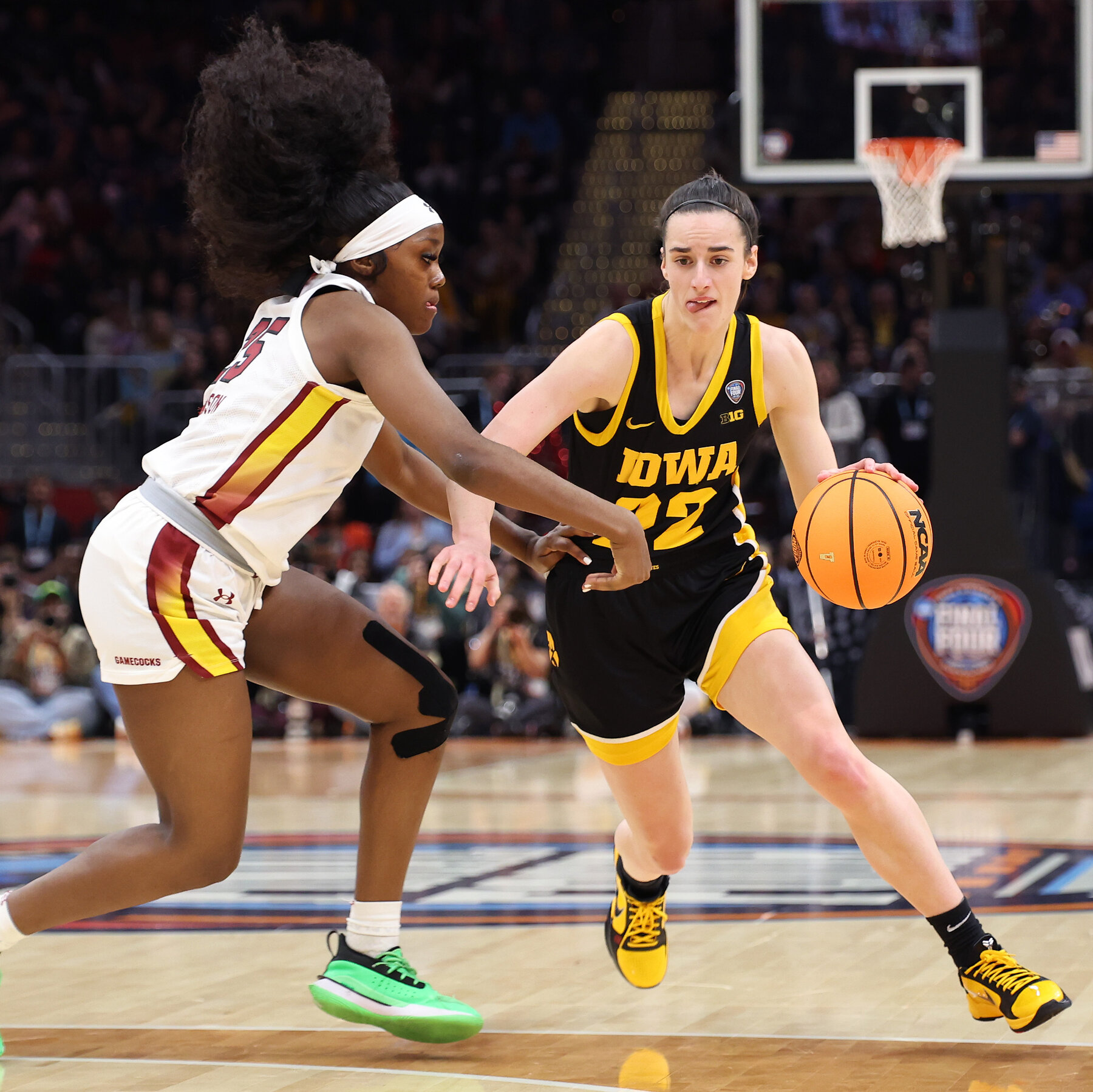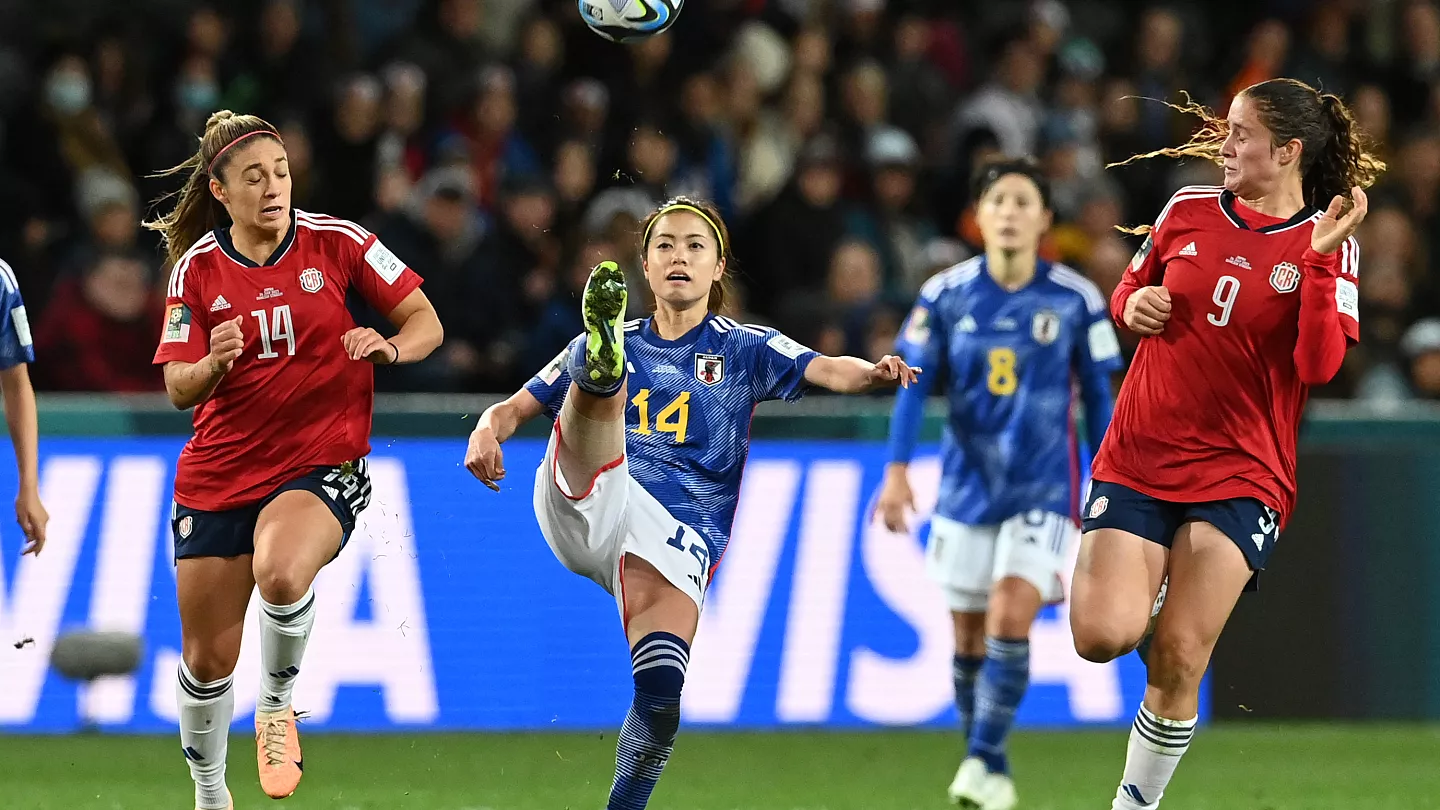The pay gap between men and women in professional sports is a stark disparity that has sparked controversy worldwide. Men earn significantly more than women, with the divide remaining around 80–84% since 2004. This gap mirrors the revenue differences between men’s and women’s sports, reflecting broader economic inequalities. According to the Bureau of Labor Statistics, women earn only 83% of what men make on average in the United States. Despite discussions and awareness, the gap in professional sports salaries has persisted largely unchanged for over a decade.
Male athletes in sports such as basketball, golf, soccer, baseball, and tennis earn significantly more than their female counterparts. While compensation structures vary by sport, the trend of inequality is universal across professional leagues. For instance, NBA players average over $10 million annually, compared to just over $113,000 in the WNBA. In golf, PGA players earn triple what LPGA players do, and in soccer, MLS players make nearly nine times the average NWSL salary. Tennis and ice hockey also reflect stark gender pay gaps. These figures illustrate the systemic undervaluation of female athletes’ work and contributions to their sports.

One factor contributing to this disparity is the lack of exposure and promotion for women’s sports. RHS Junior Giada Campiglia highlighted that women athletes are underrepresented in broadcasts and media coverage, limiting their marketability and revenue generation. This discrepancy forces many female athletes to work additional jobs to support themselves financially, a burden not shared by male athletes who earn more than enough to sustain their lifestyles. The economic imbalance perpetuates financial instability for female athletes, underscoring the urgent need for structural reforms in sports organizations.
The disparity in popularity and earnings between men’s and women’s sports is another critical issue. For example, in 2022, Naomi Osaka, the highest-paid female athlete, earned $51.1 million, significantly less than Lionel Messi, the top-paid male athlete, who made $130 million. Similarly, in soccer, the earnings from the women’s World Cup pale in comparison to men’s tournaments. In 2019, the U.S. women’s soccer league collectively earned less than the salary of a single men’s team, despite both teams achieving similar competitive success. Fans and activists have championed the cause for equal pay, but the gap persists.
Viewership statistics illustrate the growing interest in women’s sports, but financial rewards have not kept pace. For example, the U.S. Women’s National Soccer Team drew 14 million viewers during the 2019 FIFA Women’s World Cup finals, significantly more than previous tournaments. However, these gains in popularity have not translated into equitable pay. This inconsistency highlights the disconnect between audience support and financial recognition, emphasizing the need for sports organizations to reassess revenue-sharing models and compensation practices to promote gender equity in professional sports.
